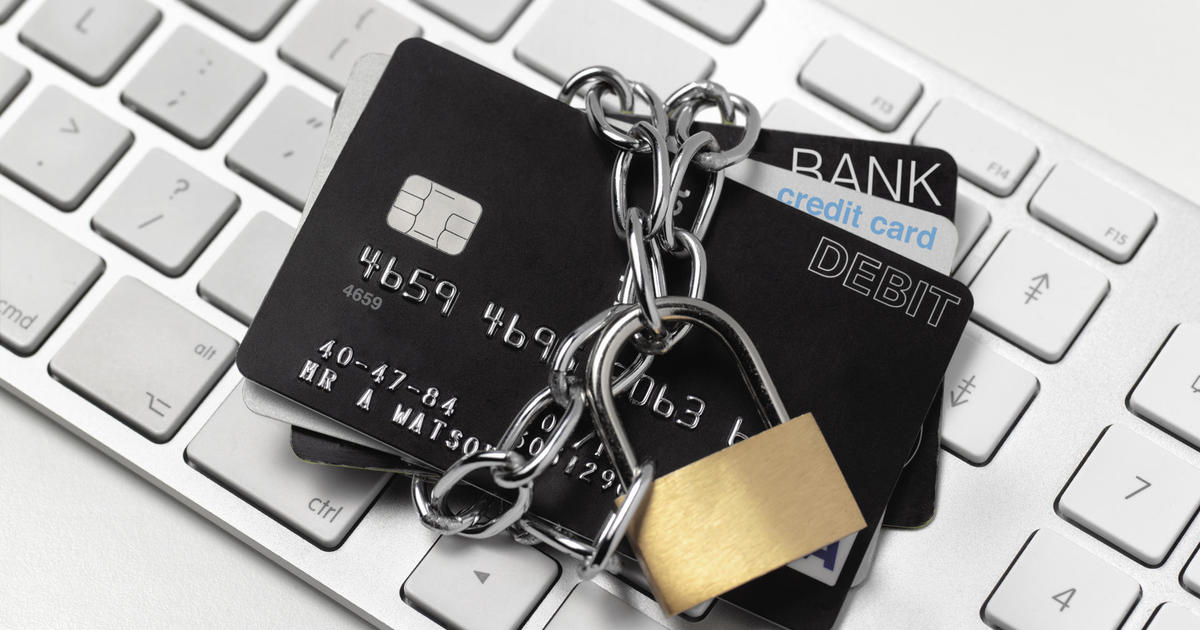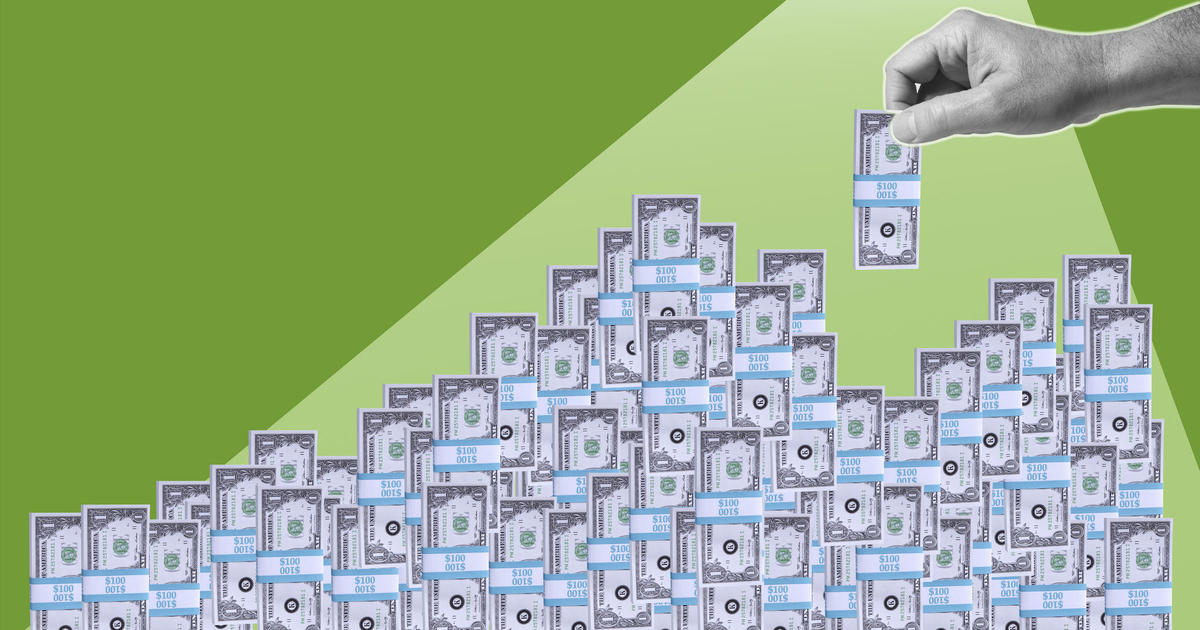3 ways to cut your credit card debt
Whether you're drowning in credit card debt or you're simply behind on a few bills, you'll want to take the necessary steps to get back on track. With the right plan, persistence and self-discipline, you can control your credit card debt.
There are several ways to cut debt. Start by freeing up money in your budget, lowering your interest rates and payments and following proven repayment strategies.
It also never hurts to tap in an expert. Get a free credit evaluation today.
How to cut your credit card debt
The more you can pay above your minimum payments, the faster you can pay off your credit cards. If you're on a tight budget, look for ways to free up extra cash to apply toward your payments.
Reviewing your expenses and cutting unnecessary spending is one way to create a cushion in your budget. Determine what luxuries you're willing to do without and which are non-negotiable.
Increasing your income is another option to help you get rid of debt faster. If you have extra time, you may want to seek out passive income streams or speak with your employer about a pay raise.
Following these three strategies can also help you reach your goal.
Negotiate a lower rate
One of the fastest ways to make headway with your debt is to call your credit card issuer's customer service number on the back of your credit card and ask for a lower interest rate. Be prepared to state your case and why you deserve a lower APR. Let them know how long you've had the card, your history of on-time payments and if your credit score is strong.
If the representative can't help you, ask to speak with a manager or supervisor with authority to make a decision about lowering your APR. If a supervisor won't change your rate permanently, request a temporary rate reduction or ask about available hardship options.
If your debt is overwhelming, you may want to turn to credit counseling or ask your credit card issuers about hardship programs. Credit repair experts are standing by to help.
Consolidate your debt
Two of the most common ways to consolidate your debt are a debt consolidation loan or a balance transfer credit card.
- Debt consolidation loan: A debt consolidation loan is an installment loan, typically with fixed interest rates and payment amounts. Locking in a fixed-interest loan could be a safeguard against rising federal interest rates. Getting a personal loan may make sense if you have several high-interest credit cards. According to the Federal Reserve, from April 2022 to June 2022, the average interest rate on a 24-month personal loan was 8.73%, compared to an average credit card interest rate of 16.65%. You might consider debt consolidation if you've been stuck making minimum payments and want a structured repayment plan. A debt consolidation loan will come with a set end date when your debt balance will be zero. Before taking out this type of loan, check with your lender to see if they charge an origination fee (which can range from 1% to 8%) to process the loan.
- Balance Transfer Credit Card: With good credit, another option might be to apply for a balance transfer credit card. These cards usually come with a low or 0% APR introductory period, with promotions for some of the best cards lasting as long as 21 months. During the introductory period, you won't have to pay interest charges. With a 0% interest rate, your full payment amount can go directly towards paying down your balance, minus any fees or other charges on your bill. Even if you can't completely repay your credit card debt before the introductory period expires, you could still save hundreds of dollars by paying off as much debt as possible during that time. Remember, your credit card company will likely charge you a balance transfer fee (typically 3% or 5% of the transfer amount). If your debt balance is relatively low, the transfer fee could offset any savings you'd enjoy during your interest-free period.
Follow a debt repayment strategy
While making regular payments over the minimum due amount will help you reduce your credit card debt, it may be helpful to follow a plan, such as the debt avalanche or debt snowball strategies.
- Debt avalanche method: This credit card repayment strategy involves paying off your highest-interest cards first. To do this, you'll make minimum payments on all your credit cards except the credit card with the highest APR. Once you pay off the entire debt on that card, you'll take the money you were paying on it and add it to the pot. You'll now have more money to pay down the credit card with the next-highest interest rate. Repeat the process until all of your credit cards have a zero balance. The primary benefit of the debt avalanche method is that you may save money by paying off your credit cards with the highest interest rates first.
- Debt snowball method: The debt snowball strategy also involves making minimum payments to free up money and focus on paying down one card. You'll direct your money towards paying off your credit card with the lowest balance. Once your credit card with the lowest debt amount is eliminated, you can take the money you used to make that card's payment and use it to pay down your card with the next lowest balance. With each card you pay off, the amount you can apply toward your debt grows like a snowball rolling downhill.
Many people prefer the debt snowball method because the quick victories create momentum and serve as inspiration to keep going. However, everyone has a unique financial situation. While some may use a debt avalanche method to save money and cut credit card debt, others may opt for a balance transfer card to take advantage of the interest-free introductory period.
Understanding credit card debt
Credit card debt is a type of revolving debt that allows you to borrow up to your credit limit. Generally, revolving credit is indefinite, so you don't have to pay off the debt at the end of the loan term — typically at the end of your monthly billing cycle. By contrast, installment loan accounts are closed once the balance is paid in full.
If you carry substantial credit card debt, you may find it difficult to pay more than your minimum payments. As such, you could end up paying high interest and fees.
Additionally, paying off debt may positively impact your credit score. As stated by FICO, your credit utilization rate — the amount of credit you're using — accounts for 30% of your credit score. Many credit experts recommend keeping your credit utilization ratio below 30% to maintain a good or excellent credit score, but the lower your ratio, the better. If you have a poor credit score (or not enough credit history) you can work on improving it by working with a credit repair company.




